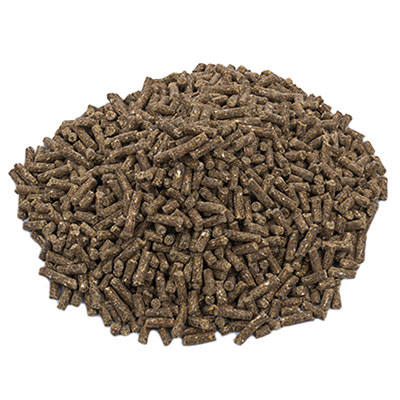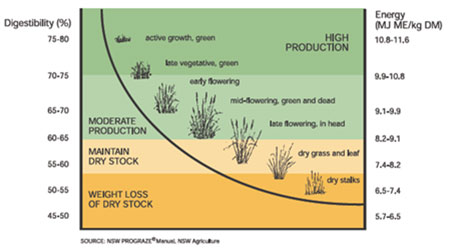Milking Cows Advice
Top tips for surviving a dry summer.

Maxi Pro
Whatever farm system you are running, SealesWinslow have got you covered with a range of zinc-based products to help you prevent, manage and treat facial eczema
Surviving a Dry Summer
Without the benefit of a crystal ball, it is hard to predict whether summer will see us needing to break out the sunblock or buy a new pair of gumboots. While it’s easy to prepare ourselves for both eventualities, we also need to think of the needs of the cow.
This year, we must consider the likelihood of a dry summer, with NIWA predicting El Niño conditions, it seems a likely possibility.
During periods of high temperatures and low rainfall, changes may be seen on the milk docket and at the same time, the pasture quality will start to drop off. As pasture changes from vegetative to reproductive and the number of seed heads increases, there will be a decrease in digestibility of the feed and the energy available in the pasture. The cow will need to eat more to meet her energy requirements, a difficult task with such bulky, rumen-filling feed. If the cow cannot consume sufficient energy – a common limiting factor in dairy cows – milk production will be reduced and condition will not be regained at the rate needed to dry off at the required body condition score (BCS). If this is the case, an energy-dense supplement should be considered to balance the diet.
Pasture protein levels are often lower in summer, especially in dry conditions. Although the protein requirements of cows decrease through the lactation cycle, by late lactation the pasture protein content may be lower than the cows need – at this time they require 16% dietary protein. However, protein is an expensive nutrient so it is important to monitor the pasture analysis and only add supplementary protein when needed.
Rather than energy or protein being the limiting factor, it could be that there is a “Vitamin F” deficiency (F standing for feed). Dry matter (DM) is the first consideration when balancing diets for dairy cows. They are a ruminant first and foremost so they must have sufficient fibre to keep the rumen working at optimum levels. Concentrates should be introduced slowly to allow the gut microbes to change in order to breakdown these new feeds; too much of a good thing rings true in these situations.
Palm kernel (PKE) is a good option to consider in times of a feed shortage. It is considered a “safe” feed due to the low levels of starch not causing acidosis or rumen dysfunction when fed ad lib in the paddock. It can contain low levels of calcium and sodium and so these may need to be supplemented. Whilst PKE has a high NDF level, this fibre is very finely ground. Physically effective (long) fibre should still be fed to the cows. Silage would be the most common forage supplement for cows in times of pasture shortage. It is important to know the nutrient levels of this when feeding to cows; it cannot be assumed to be the same as the grass that was cut for silage as there will have been some deterioration during storage. Maize silage is a good option where available; care must be taken to balance out the mineral levels as it is deficient in calcium, magnesium, sodium and phosphorus. Maize silage is also low in protein so should be balanced with a feed containing protein, such as grass silage, soya bean meal or cottonseed meal.
Water can be easily overlooked, but considering milk is almost 90% water, it is clearly invaluable. A cow requires around 120 litres of water per day, more in hot and humid conditions. Troughs should be checked on a regular basis to ensure they are full and clean so the cows are not without water at any time.
Heat stress can also be an issue. Whilst we may consider this as only an issue for milk producers in areas like Queensland and Florida, the combination of heat and humidity means that cows start to be affected at temperatures of 25°C with 50% humidity, or even 24°C with 65% humidity.
As the cow tries to cool down, her metabolic priority moves away from digesting feed. Feed intake decreases and at the same time, the requirements for maintenance increase, leading to a drop in milk production. Help can be given by altering milkings to allow the cows to walk in cooler times of the day, offering paddocks with shade where possible and considering the use of yeast additives to help improve rumen function.
It is possible that the weather forecasters have got it wrong. Instead of sweltering through milking, it might be more a case of sheltering through it. With sufficient preparation, it should be possible to smoothly ride out the changeable weather conditions and have a successful conclusion to the season.


Maxi Pro
Whatever farm system you are running, SealesWinslow have got you covered with a range of zinc-based products to help you prevent, manage and treat facial eczema

